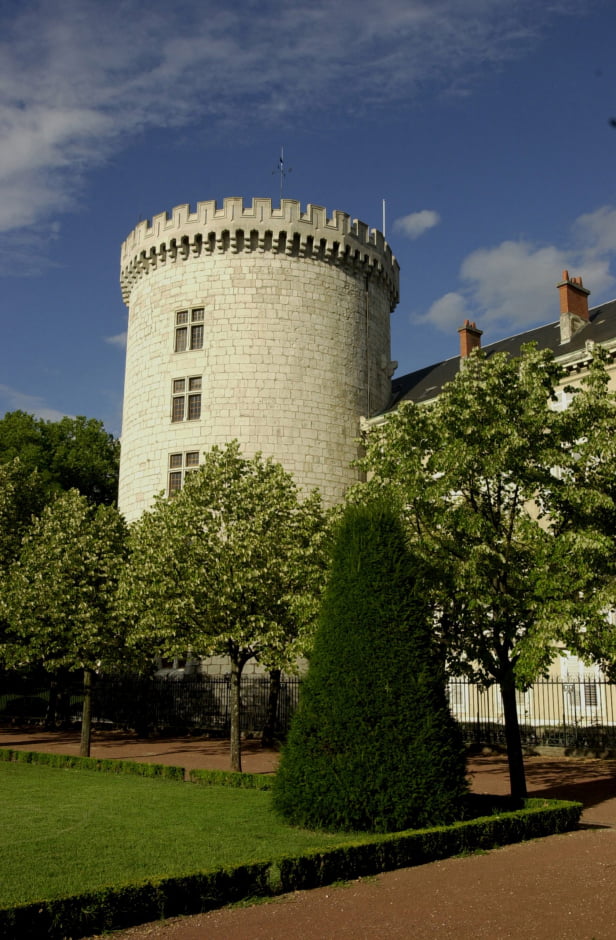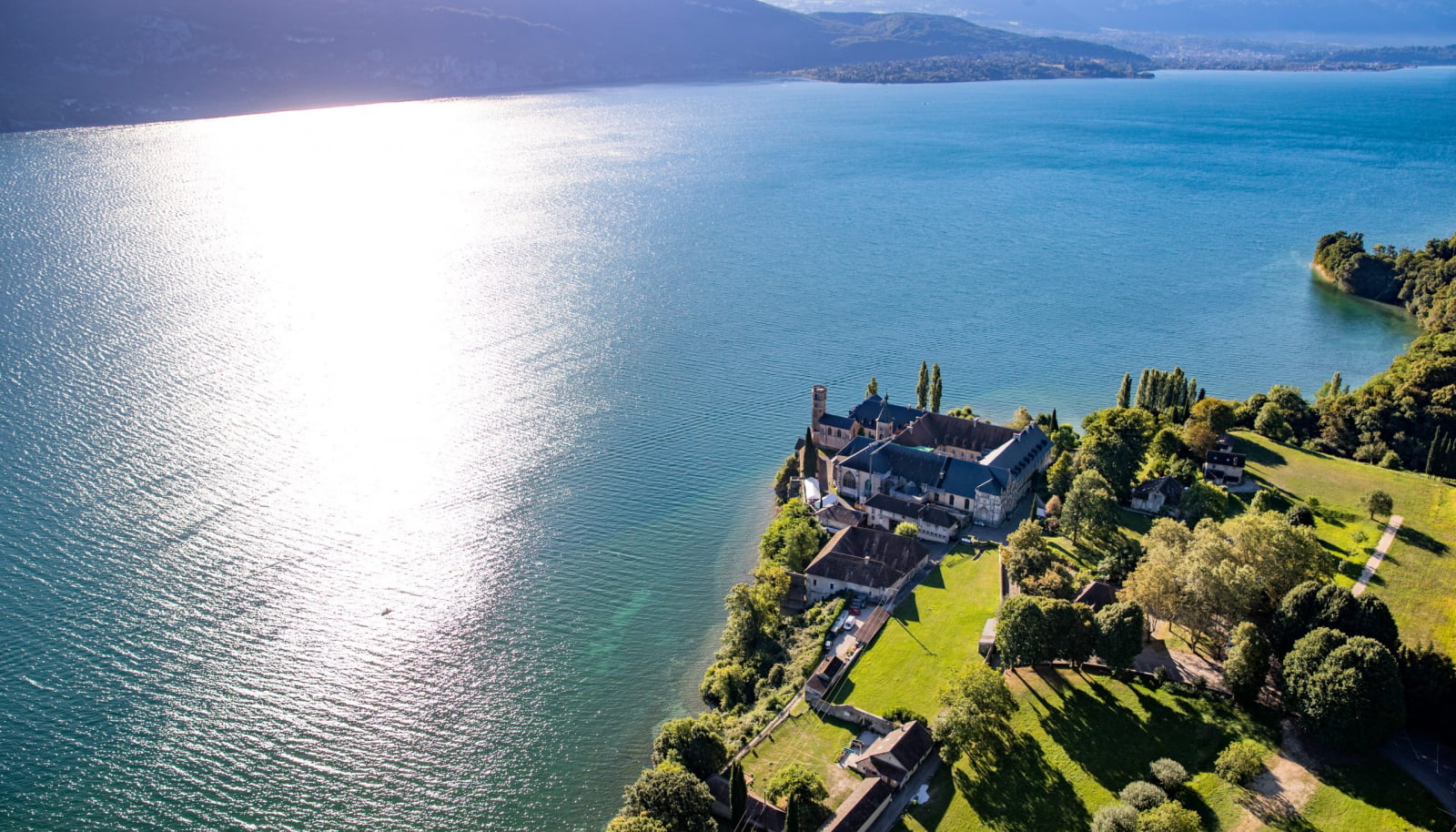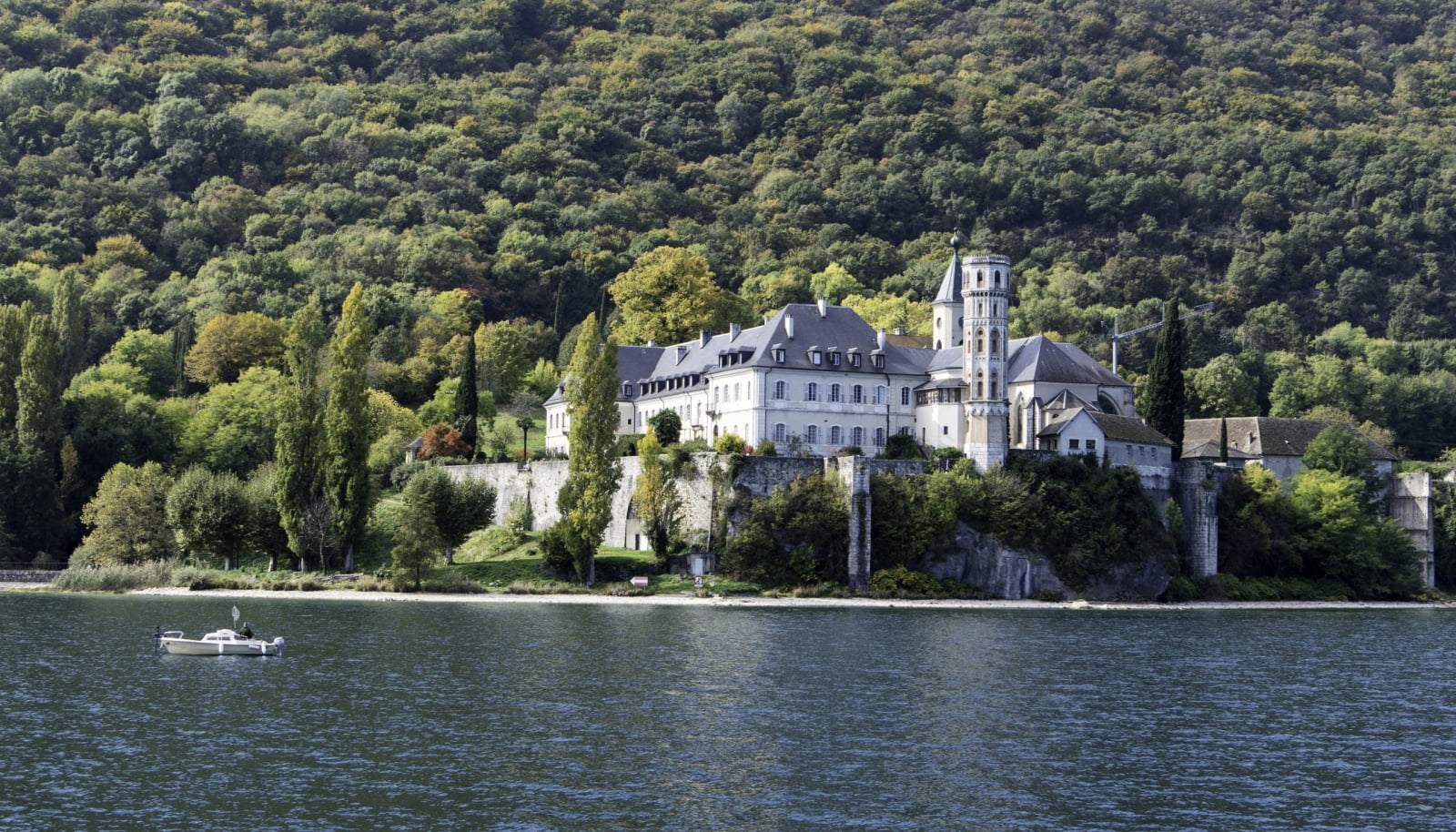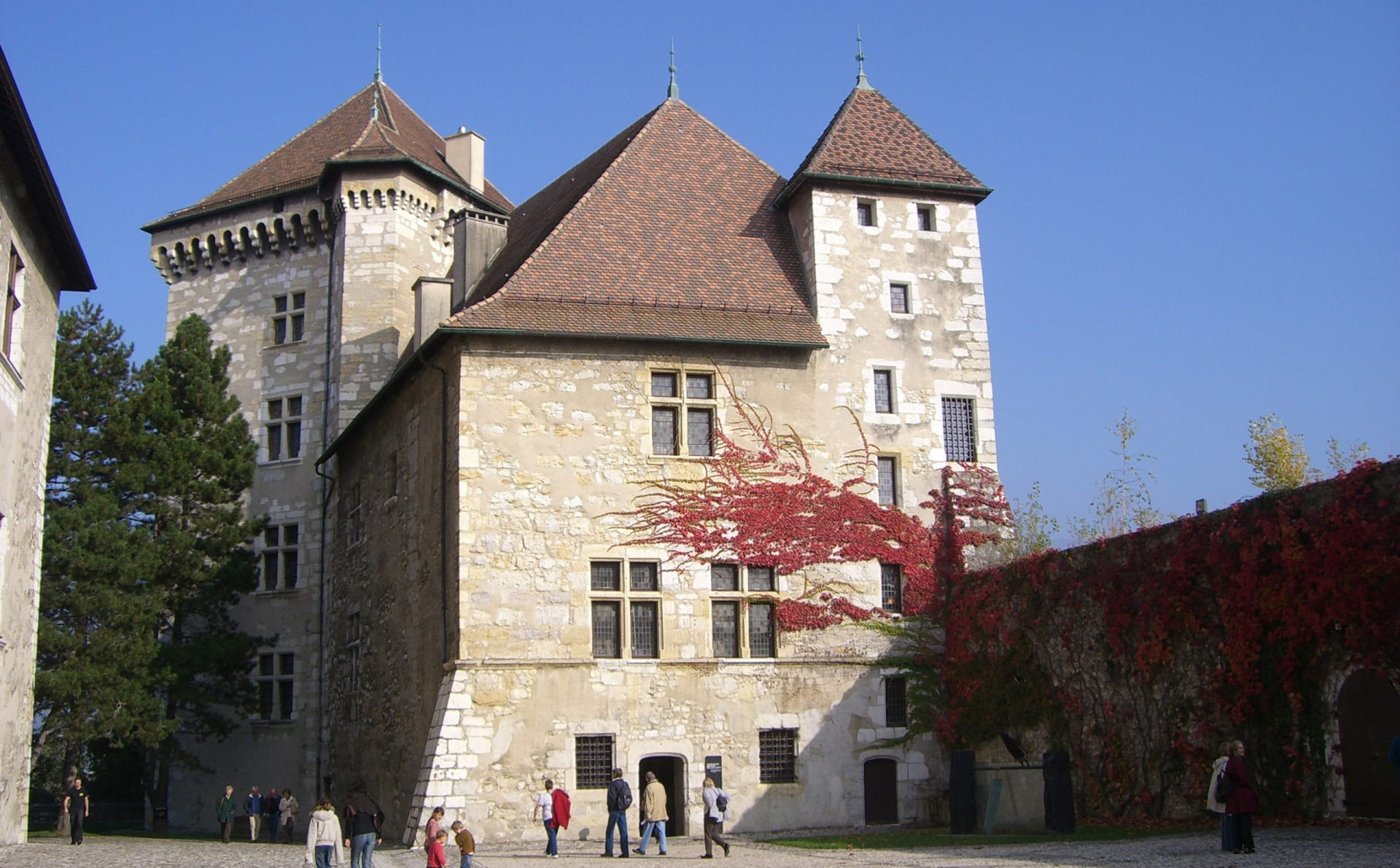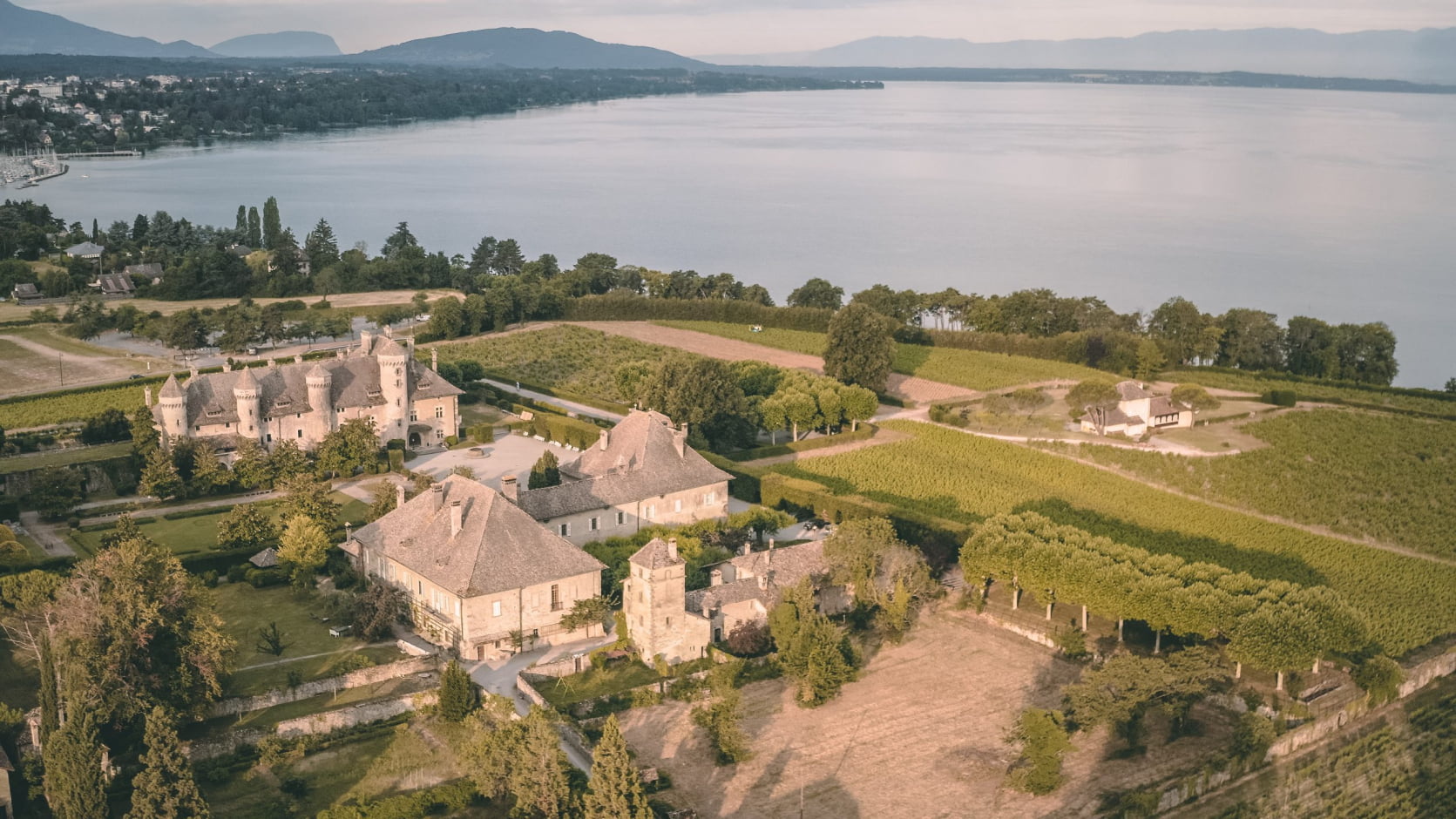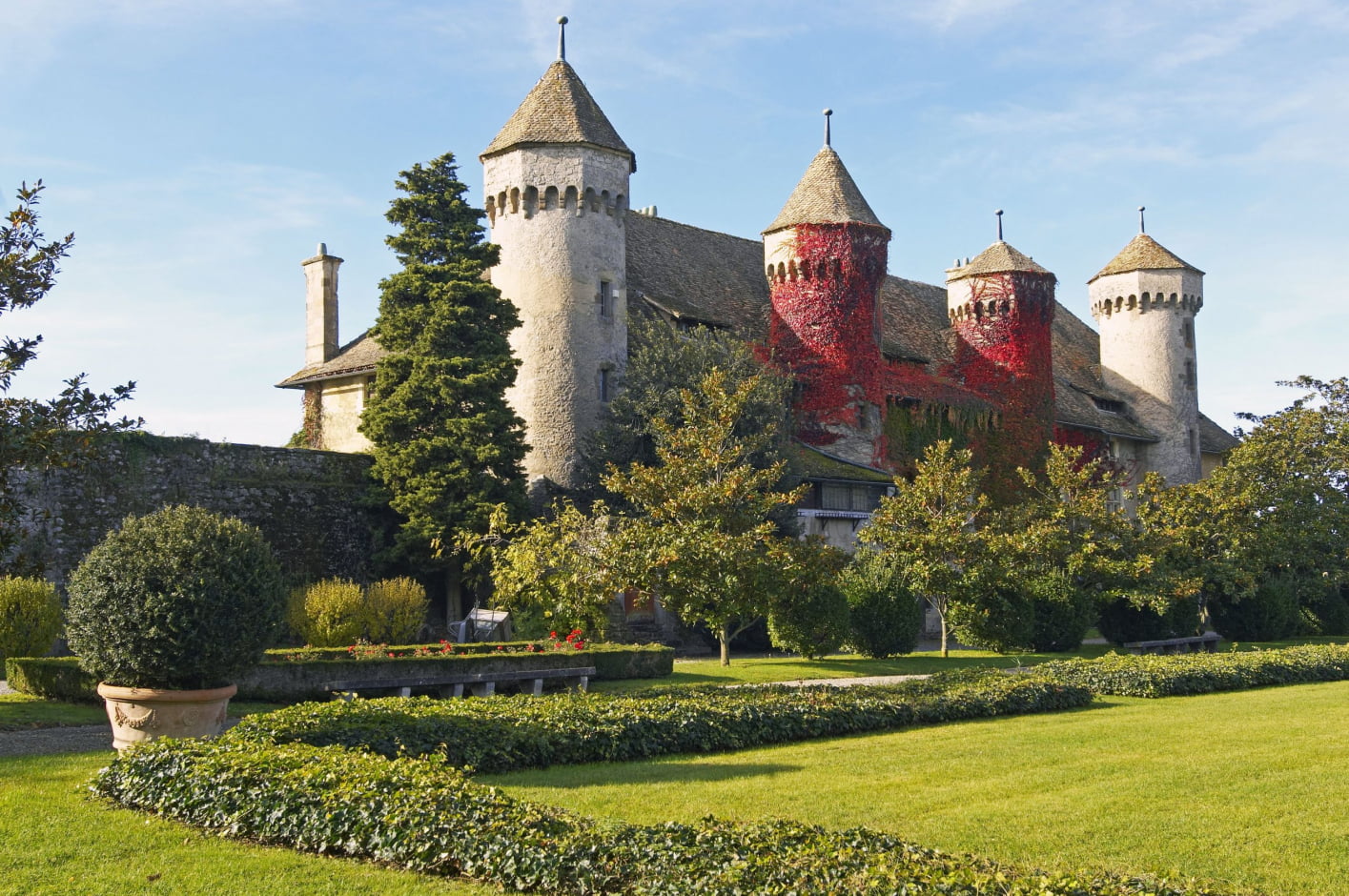- Tours
The Duchy of Savoie, 600 years of history
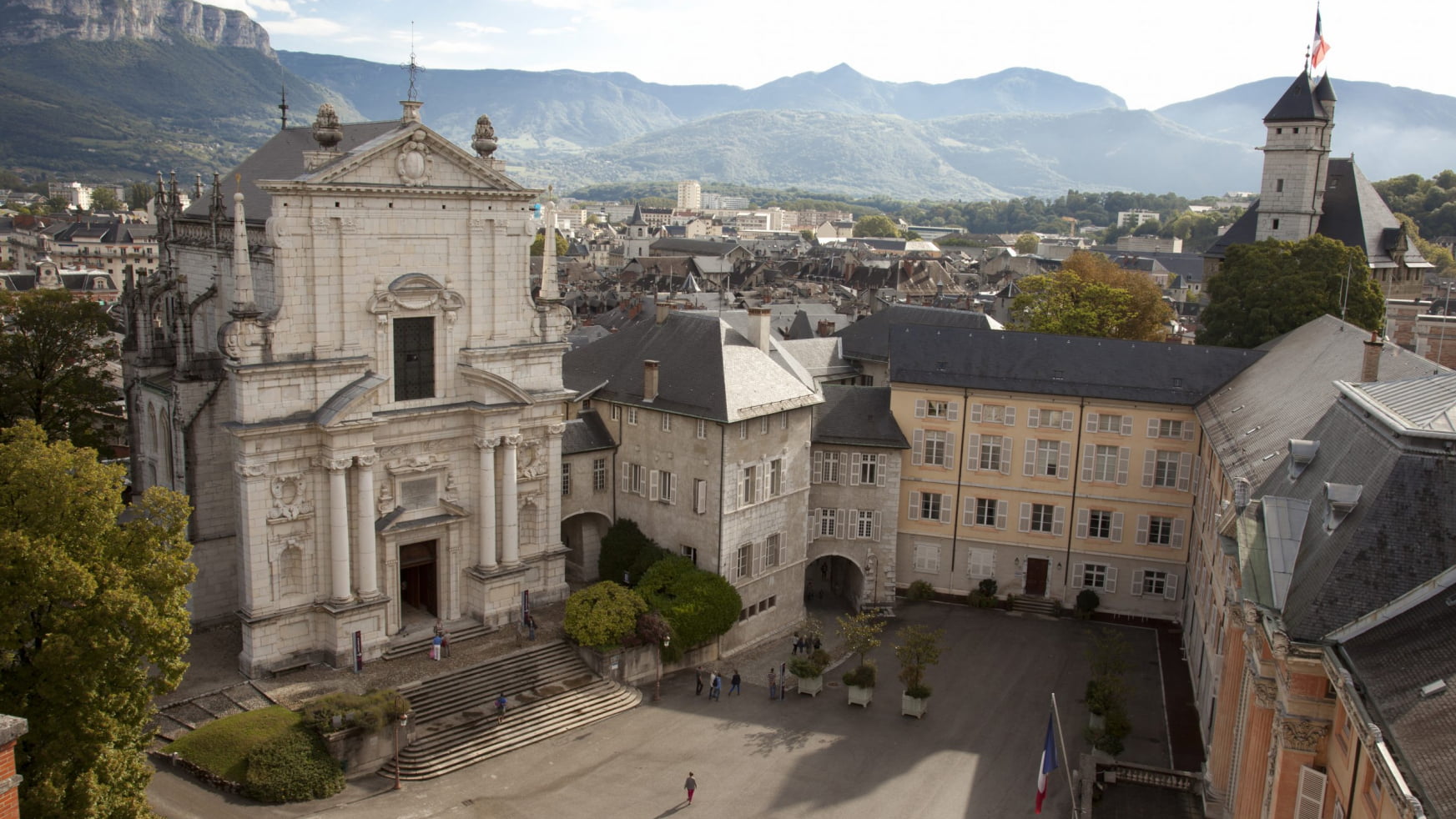
A COMPLEX HISTORY
The Duchy of Savoy celebrated its 600 years in 2016. The name Amadeus VIII the Peaceful reverberates the intricacies of Savoyard history. His first title was Count of Savoy, Aosta, and Maurienne. He brought additional lustre to his territories when Holy Roman Emperor Sigismund granted his request to create the Duchy of Savoy.
His successors retained the title of Duke up to Victor Amadeus II becoming King of Sicily and subsequently Sardinia. The dynasty continued up to 1860 when the last Duke of Savoy became the king of Italy and France annexed the Savoy region.
The duchy left its mark on the area. The Savoie departement, owner of the Château des Ducs in Chambéry, has carried out extensive renovations in its holy chapel. The Chambre des Comptes presents a resume of the history of the château and the Savoie to 50,000 visitors a year.
The duchy’s history is partially conserved at the regional archives in Annecy and Chambéry. Under the regional leadership, the local departements provide considerable access to documents through their internet sites or in their reading rooms, which receive hundreds of thousands of virtual visits each year.
FOUR MAJOR RESIDENCES OF THE HOUSE OF SAVOY DUKES AND PRINCES
CHÂTEAU DES DUCS DE SAVOIE
Chambéry
The Château des Ducs de Savoie in Chambéry is an 11th century fortified castle that was the main residence for the Counts of Savoy and the seat of the Savoyard state up to 1563.
The chapel in the castle housed the Shroud of Turin from 1502 to 1578. Its bell tower contains a grand carillon made up of 70 bells.
Today, the castle is home to offices for the prefecture, governing council for the Savoie departement, and the institute Académie de Savoie.
HAUTECOMBE ABBEY
Saint-Pierre-de-Curtille
The abbey is the most-visited monument in the Savoie.
Located on the edge of Lake Bourget in Saint-Pierre-de-Curtille, Hautecombe Abbey holds the House of Savoy tombs (counts, members of the duchy families, and a few Italian kings and queens).
The abbey was founded in 1125 by Amadeus of Lausanne and Count Amadeus III of Savoy, built in the 12th century by Cistercian monks, destroyed after the French Revolution, and consequently restored by the Fondation d’Hautecombe.
The Chemin Neuf, a Catholic community with an ecumenical vocation, currently looks after the abbey, welcomes visitors, runs prayers and mass, and continues restoring the buildings in partnership with the local authorities.
ANNECY CASTLE
Annecy
Listed as a historical monument in 1959, the Annecy Castle-Museum is the former residence of the 13th and 14th century Counts of Geneva.
Abandoned in the 17th century, the castle was used as military barracks until 1947. The city of Annecy bought the castle from the French army in 1953.
Once restored, it held its first exhibit in 1956—a token of the cultural calling of the old royal residence. The diversity of its collections focused on local distinctions has grown through its restoration. The museum presents diverse temporary exhibits and collections connected to regional heritage, lakeside architecture, medieval sculptures, landscape paintings, contemporary art, and animated films.
CHÂTEAU DE RIPAILLE
Thonon-les-Bains
The Château de Ripaille in Thonon-les-Bains is an old 13th-century mansion that was once the main residence of the Dukes of Savoy. Amadeus VIII retreated to this castle in 1434 and founded the Order of Saint Maurice.
The castle has been designated as a historical monument since 1942. The French Righteous Among the Nations monument was inaugurated in the castle clearing by President Jacques Chirac on 2 November 1997.
Today, the castle is mostly a private domain that produces wine.
DID YOU KNOW?
- The Duchy of Savoy is a former county corresponding to the lands the House of Savoy acquired beginning in the 11th century.The status of duchy was granted by the Holy Roman Empire in 1416 as requested by Amadeus VIII.
- The Duchy of Savoy inherited the lordship of the Italian province Piedmont in 1418.
- The capitals were Chambéry (1416-1563) and then Turin (1563-1713).
- In 1713, the then Duke of Savoy received the Kingdom of Sicily, which he exchanged for Sardinia in 1720.
- France annexed the Savoy under the Treaty of Turin in 1860. It now forms the two French departements Savoie and Haute-Savoie according to the traditional stewardships.
Mag Emotions Savoie Mont Blanc n°14/YPM



